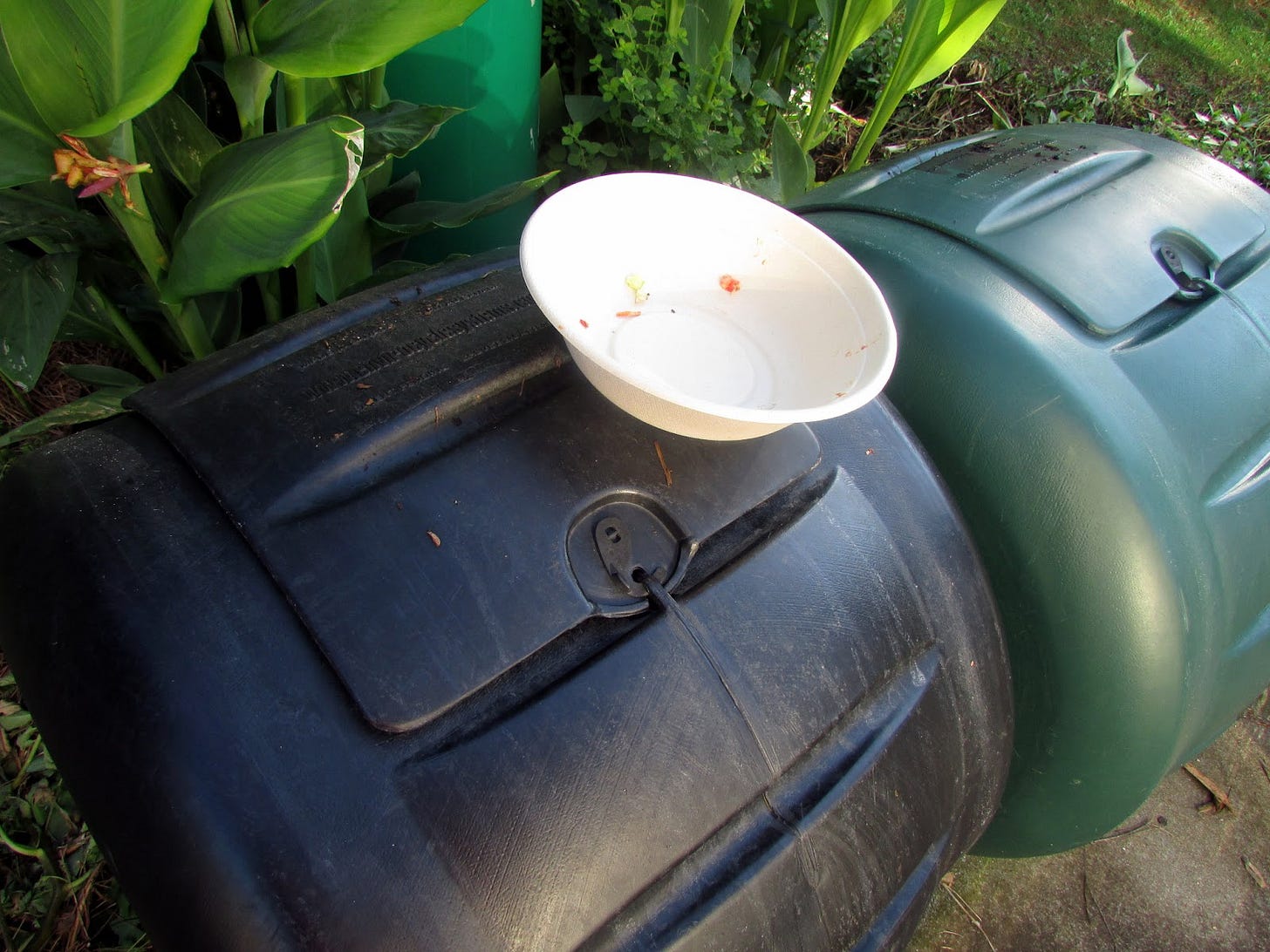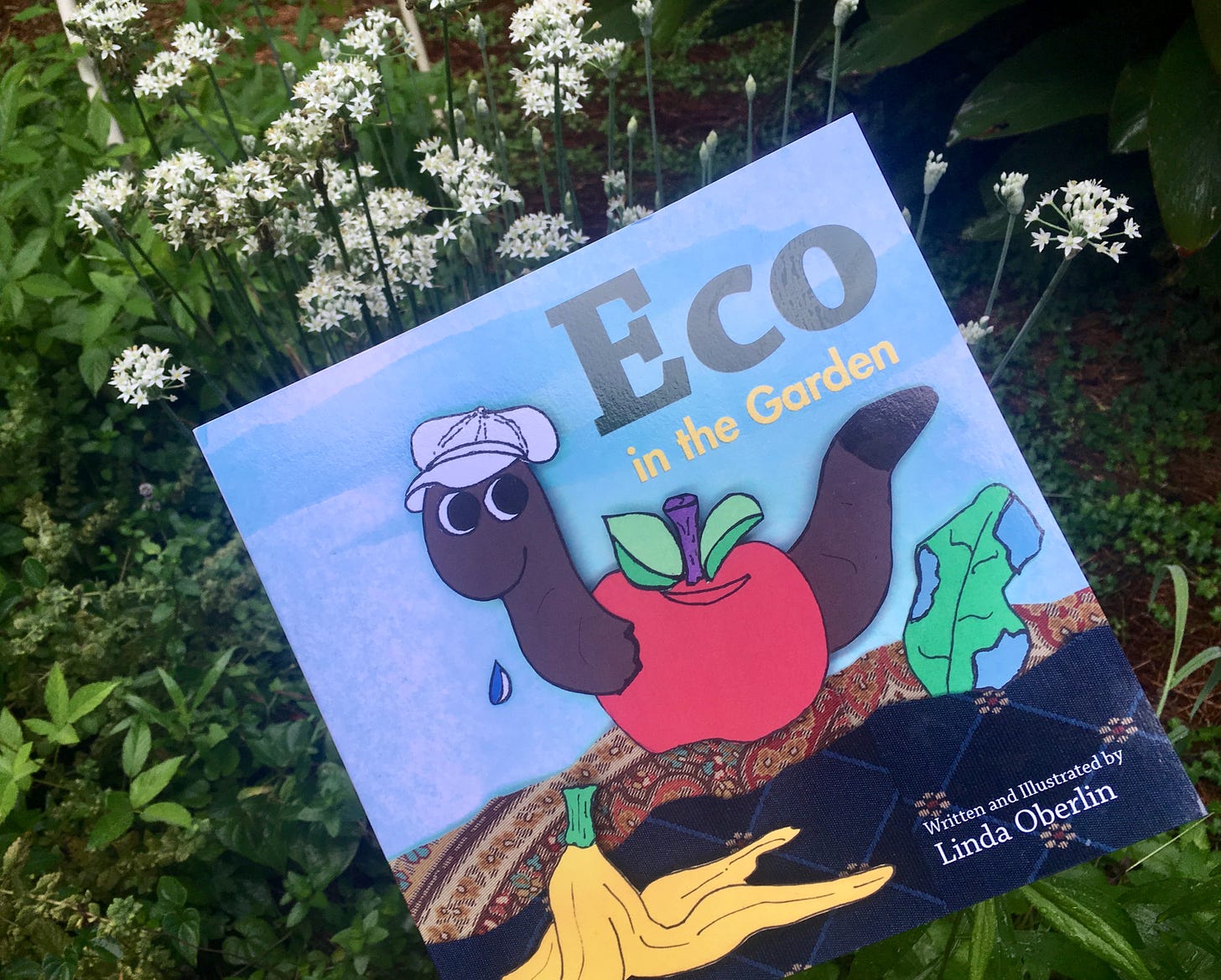Go full circle

So I was Traveling at the Speed of Bike to my local park (oh, wait, I brought my bike in the car that day because some days I don’t want to deal with this), when I ran into Donna Agolli, who runs a local chapter of the Danish nonprofit, Cycling without Age. She takes residents of a senior living facility just down the road from the park for rides through the park in a e-trike rickshaw (a trishaw), usually on the same night as food trucks and music is there. They do a loop on the multiuse path, chat, and perhaps get an ice cream. With the heat lately (we’re at 53 days this year over 90 degrees Fahrenheit/32 degrees Celsius as I write this), she’s been doing some morning rides as well (such as when I saw her).
I love this and may even volunteer with her. But I cringed when I watched her leaving the park to bring her passenger, Audrey, home just minutes away. What’s with that main entrance to a city’s main park with no traffic light or crosswalk?! Here — take a look:
A couple of days later, I slept over at my mom’s new senior living community so I could join her at Movie Night in their cute theater, and the movie shown was Divine Secrets of the Ya-Ya Sisterhood. I’ve been thinking ever since about our sisterhood as women, across borders and beliefs and generations, as we increasingly just pick ourselves up and move forward. At the end of the day, we’re all just pedaling each other home.
The Good
Scooter businesses rockin’ cradle-to-cradle products

So, who’s rockin’ the cradle-to-cradle product innovation (with responsible stewardship every step of the way in the product life cycle) when it comes to those ubiquitous scooters now in hundreds of cities all over the world? Turns out no one. So I have this sort of outside-the-box idea (inspired by a cradle-to-cradle scooter leasing concept presented by two researchers from Delf University at an international conference way back in 2010). Here goes:
If the problem with scooters (as I found in my recent article for Ensia) is that they have such short lifespans and then get trashed (or, maybe recycled as scrap metal), and if a Dutch company is already making sit-down scooters with fast-growing, sustainable hemp mixed with bioresin in a mold*, and since there are already some artisans building both bicycles and private sit-down scooters out of bamboo, why not use bamboo** (which is already in the shape of a scooter neck and wouldn’t require a mold) to make sharable scooters? Many cities only allow 100 or so sharable scooters on their streets, and this seems like a reasonable quantity to pilot-test as a truly sustainable product. The next questions, of course, are which company can do this and which city wants to be first? (Okay, fine, maybe there are some other questions, too. But let’s think big here, folks, before we kill ideas.)
Back to hemp for a moment — I’d love to see a compostable scooter made out of hemp (which is now legal to grow in the USA with a permit) mixed with wildflower seeds and bioresin (assuming this is biodegradable) in a mold like what the Dutch company does. Not only would this provide a cash crop to farmers and a truly environmentally-sound transportation option in our congested cities and sprawling suburbs, but there could also be designated “scooter gardens” where these scooters could be planted at their end-of-life (after all removable parts are harvested, reused, and recycled) so they can grow and create pollinator corridors that save bees, butterflies, and therefore, well, frankly, the imperiled future of our food supply.
I know — crazy, right? I actually bought organic hemp seeds from the UK so I could observe them growing through all stages of their lifecycle in my home garden to better understand them as a raw material for products, but then realized that that would be illegal (yep) for a little ol’ person like me just trying to learn a thing or two about the world’s future potential. I even picked the brain of Marty at the Pot Shop in the Little Five Points neighborhood in Atlanta, but frankly, he’s really not in the business of scooter design. But he was one of my Today’s Nice Stranger selections, so that was good.

The Bad
Compostables that cause cancer?

So did you catch the news story this past week about how eco-friendly packaging from places like Chipotle and Sweetgreen may have known carcinogens in it? They’re something called PFAs (which is short for a big, long word, of course), but, spoiler alert, it seems these “forever chemicals” are already everywhere. The problem of course, is calling something with them “eco” and then letting them break down their poisons into soil.
This USA Today article does a good job of taking you around the block and back on the topic, and I can hazard to guess how many damage-control PR folks got involved with providing info to that reporter to try to offset the negative damage done by the revelation of the chemicals. Eat at home or at places that use real dishes, or bring your own food or containers whenever you can, folks. You can’t trust nothin’ out there anymore.
The WTF?
We’ll just let the picture do the talking on this one. Nuff said.

“How To” Bonus Content
How (and why) to make a worm bin

(Note: I wrote the following for U.S. News and World Report a few years ago, so I’m borrowing my own words here).
Worms rock in a home garden, and not just under rocks. They also do a bang-up job eating their weight in food waste each day, and turning it into one of the best amendments you can add to your soil—vermicompost. Vermicompost (also known as worm castings) works to add micronutrients to soil and improve its structure. Trust me—it's a good thing. A worm bin gives you a controlled environment for this magical transformation from waste to wow.
The trick? Be sure to get red wrigglers (not earthworms) for this purpose, and don't feed your worms too much or too often. Take the time to get to know how much is just right, based on how quickly they consume what you give them. Want them to take more waste off your hands? Try chopping up the scraps you give them (some people actually do this in their blender or food processor), so they can consume them more quickly. Be sure to add some eggshells to aid in the worms' digestion of food scraps. Keep in mind that if your worm bin smells, something's not well. Slow down, add shredded newspaper, or even consider starting over.
There’s a story in my book, Food for My Daughters, about when my worms first arrived. It’s more than ten years later, and I still have them (or, at least, their descendants). Here’s how I made my worm bin:
If you want to keep it super simple, feed them just a few fruit and veggie scraps every two weeks, and add shredded newspaper on top maybe once every month or two. I keep them year-round in my garage. It’s actually easy to forget them. Use the finished vermicompost around the base of plants in your garden. Full circle, folks.
And, by the way, if you’re looking for a sweet little children’s book about worms, don’t miss my friend Lin’s book, titled Eco in the Garden.

Okay, that’s a wrap for this week, folks. You can see all issues of this newsletter to date here. If you enjoy these kinds of stories, tap into my blog as well and maybe even check out my books. You may find something useful. (This link has lots of helpful stuff, too.) Also, be sure to subscribe by clicking the button below so we can keep our conversation going. Two more weekly issues, and then we go monthly.
Trust the journey,
Pattie

